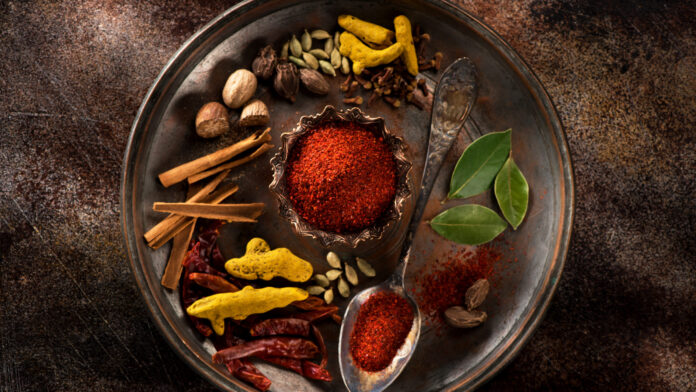In the heart of Sri Lanka’s rural life, where mornings begin with the scent of curry leaves and the rhythm of pestle and mortar, food is more than nourishment. It is medicine, memory, and ritual. The island’s culinary traditions, deeply rooted in nature and necessity, have long served as a quiet guardian of health. Long before the word immunity became a global obsession, Sri Lankan kitchens were already building it one spice at a time.
The secret lies in the spice. From the golden hue of turmeric to the warming bite of black pepper, from the earthy scent of coriander to the smoky depth of roasted curry powder, Sri Lankan food is infused with medicinal value. These are not just flavors layered for taste. They are time-tested ingredients selected for their healing properties and their ability to fortify the body.
In traditional village life, meals are not designed by food trends or calorie counts but by season, constitution, and daily rhythm. Ginger is added to morning tea not just for aroma but to stimulate digestion and cleanse the respiratory tract. Garlic and cumin appear in lentil dishes to reduce inflammation and support circulation. Fenugreek is sprinkled into coconut
milk curries to regulate blood sugar and cool the body. Even the humble kenda, a rice porridge enriched with herbs, is consumed as a tonic for strength and immunity.
These ingredients are often grown just steps away from the kitchen. In most Sri Lankan villages, home gardens are a living pantry of healing. Turmeric plants rise next to banana trees, pepper vines curl along fences, and curry leaves flourish near the firewood stove.Women gather herbs at dawn, not from market shelves but from soil softened by monsoon rains and family hands. This direct connection between cultivation and cooking is one of the most profound ways through which village life sustains health.
What makes this tradition powerful is its everyday simplicity. Food is not seen as separate from medicine. There is no division between prevention and pleasure. A lunchtime plate of red rice, tempered dhal, leafy greens, and a hint of dried fish is both a comforting meal and an immune-boosting prescription. Meals are often taken slowly, in company, and in harmony with the body’s needs. Astringent, bitter, sour, and pungent tastes are all balanced with care,
following principles that mirror Ayurvedic wisdom.
This way of life, sustained for generations, is now gaining recognition far beyond the island’s borders. Scientific studies increasingly support what villagers have always known that turmeric fights inflammation, that cinnamon helps regulate blood sugar, that cardamom aids in detoxification. But for Sri Lankans, these discoveries are affirmations, not revelations. The knowledge has always been there, passed from grandmother to child, cooked into every curry, stirred into every sambol.
Urbanization and fast food have altered some of these patterns, especially in cities where time and space are limited. But there is a growing return to homegrown values. Urban dwellers are rediscovering home gardens, turmeric lattes, and heritage rice. Wellness movements are now echoing what village Sri Lanka has practiced all along—that the best path to immunity and vitality begins with what is grown, how it is prepared, and how it is shared.
As the world seeks stronger, more resilient ways of living, there is something quietly powerful in the Sri Lankan kitchen. Its flavors are bold, but its message is gentle. Heal with what you have. Season your life with care. And never underestimate the strength that comes from a spoonful of curry stirred by a hand that knows the land.




